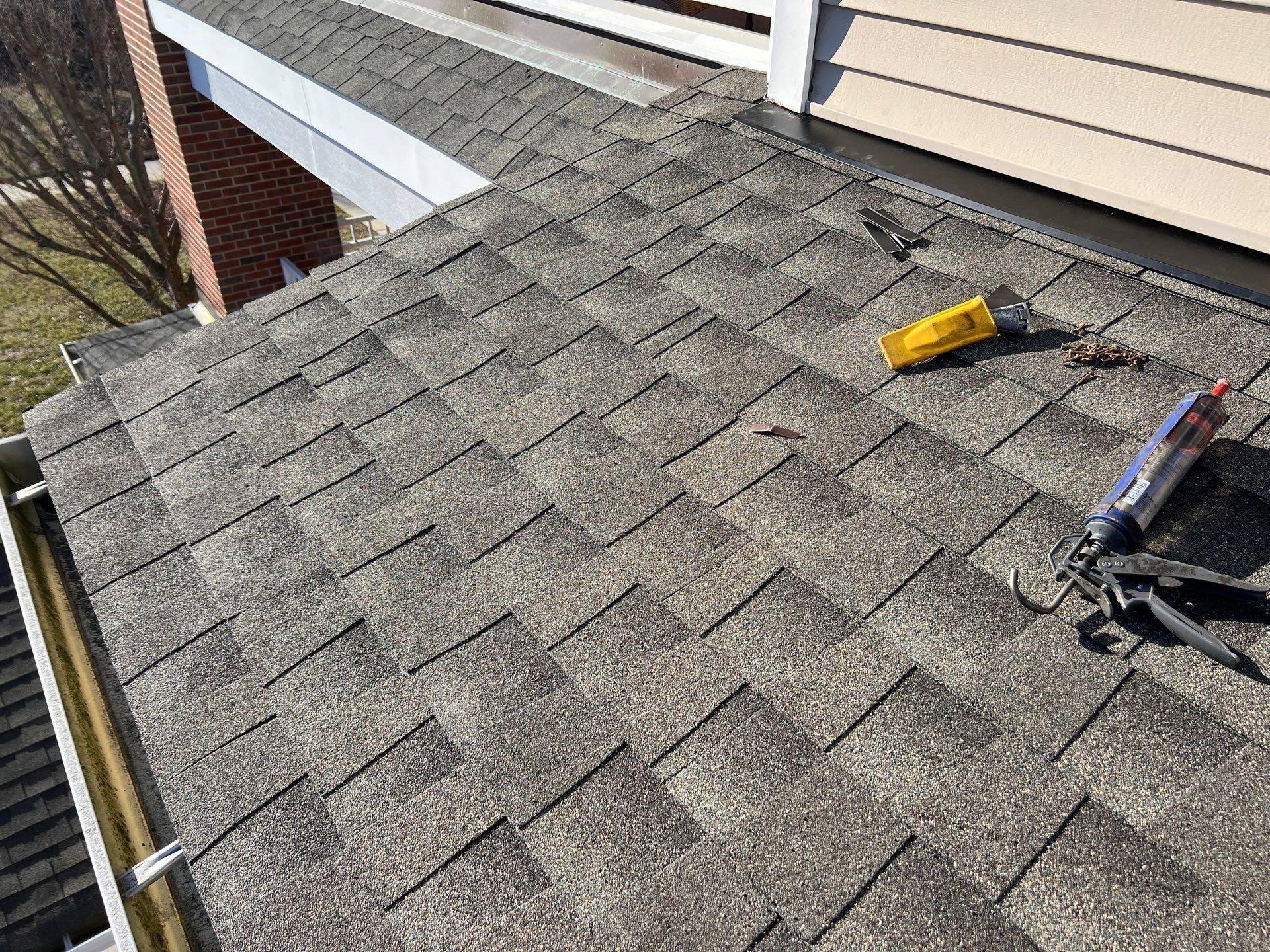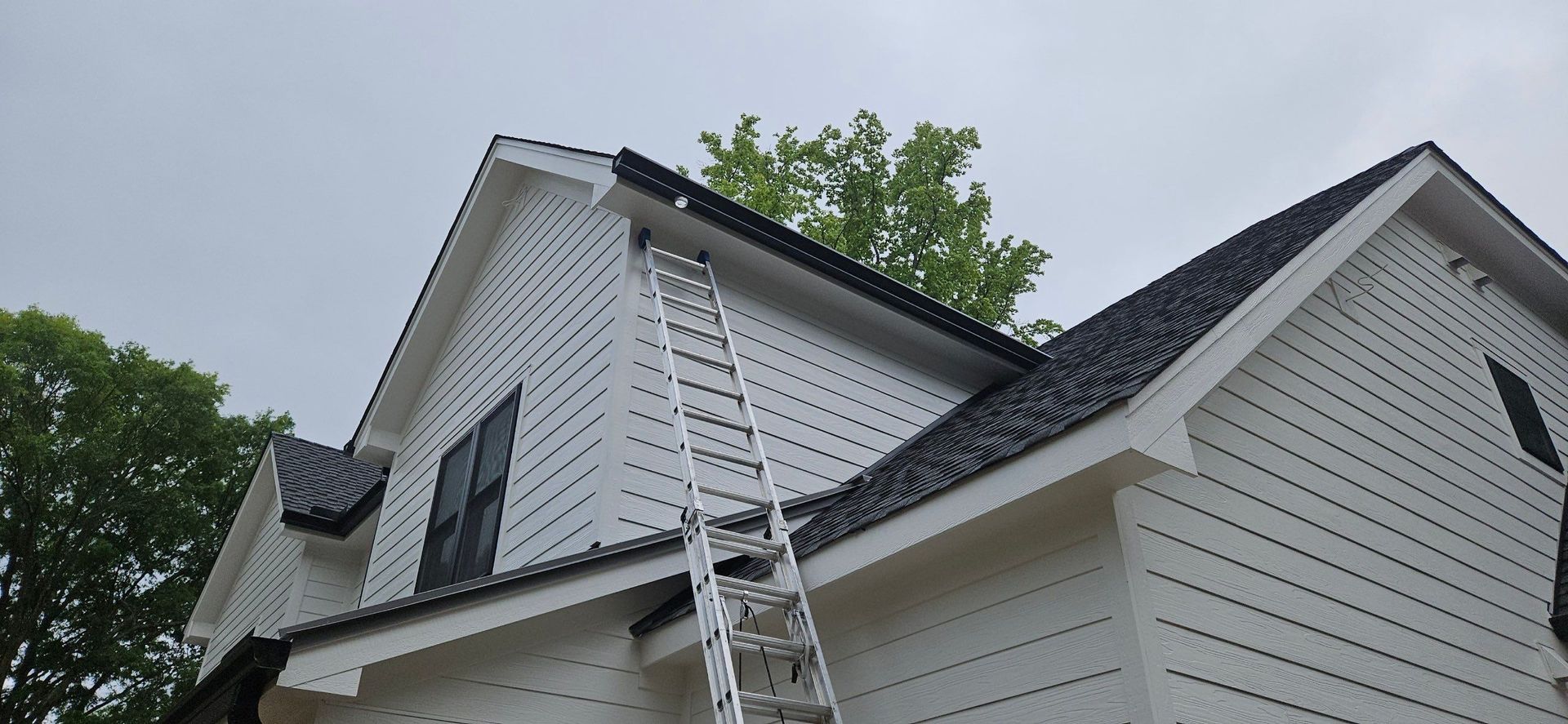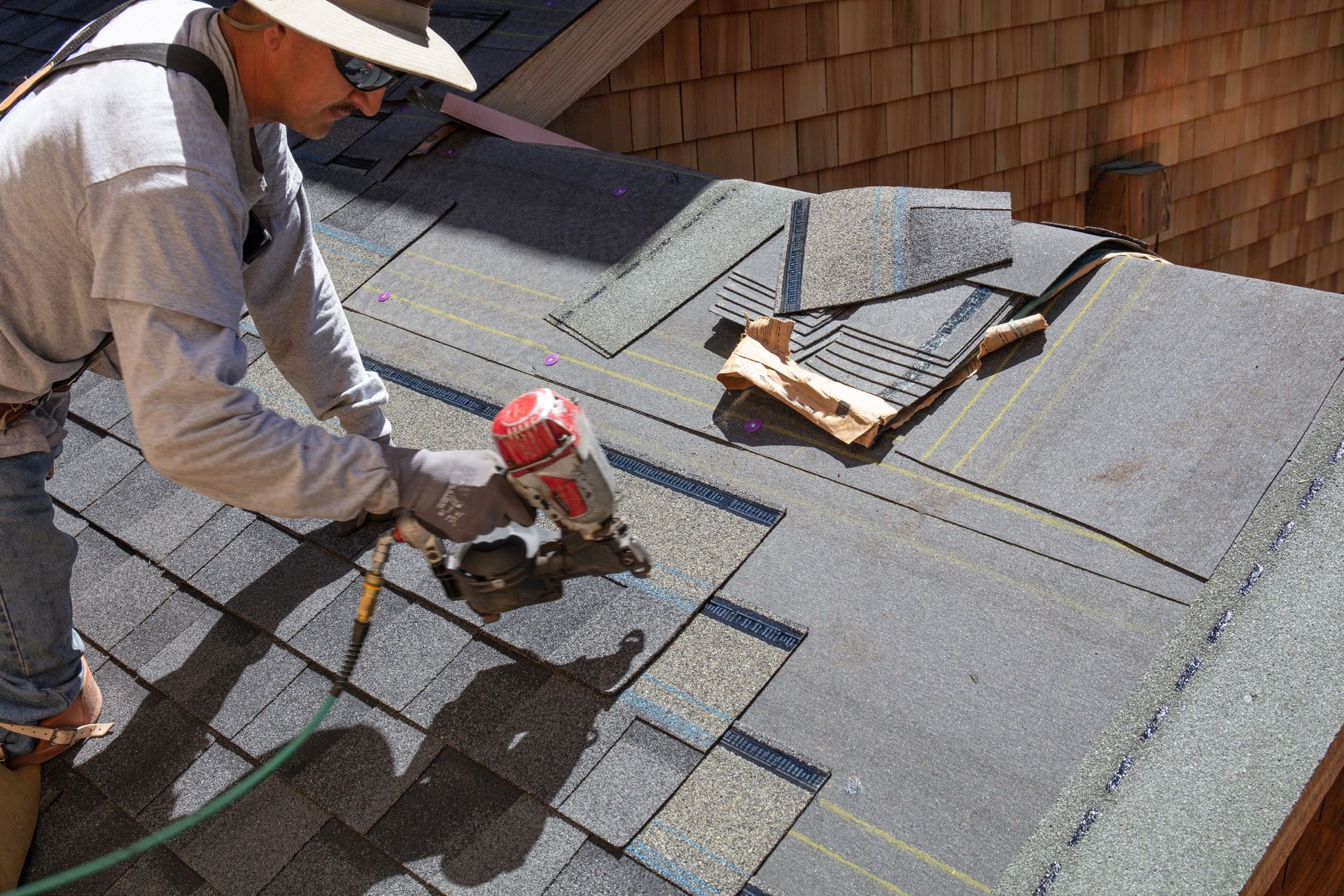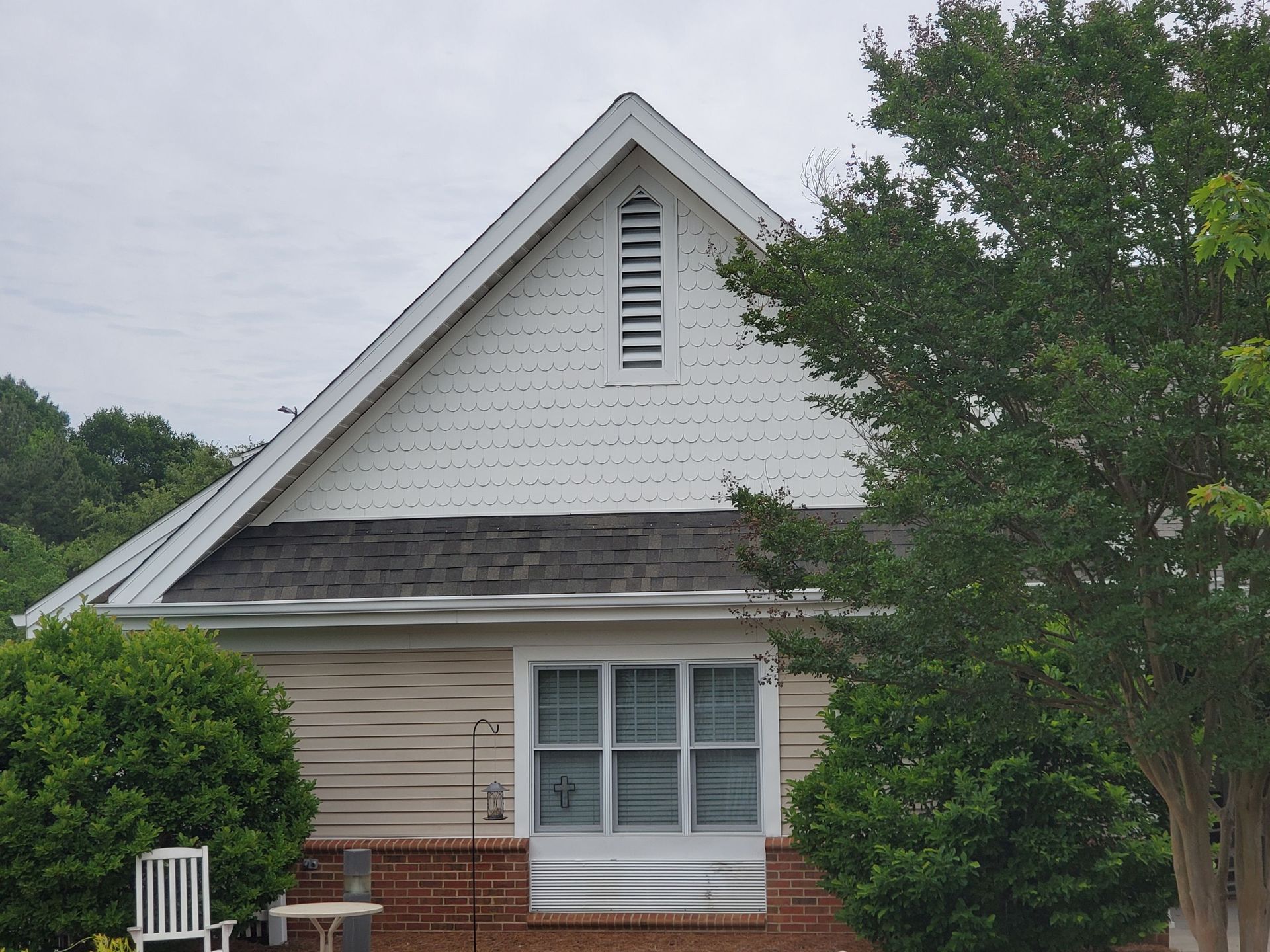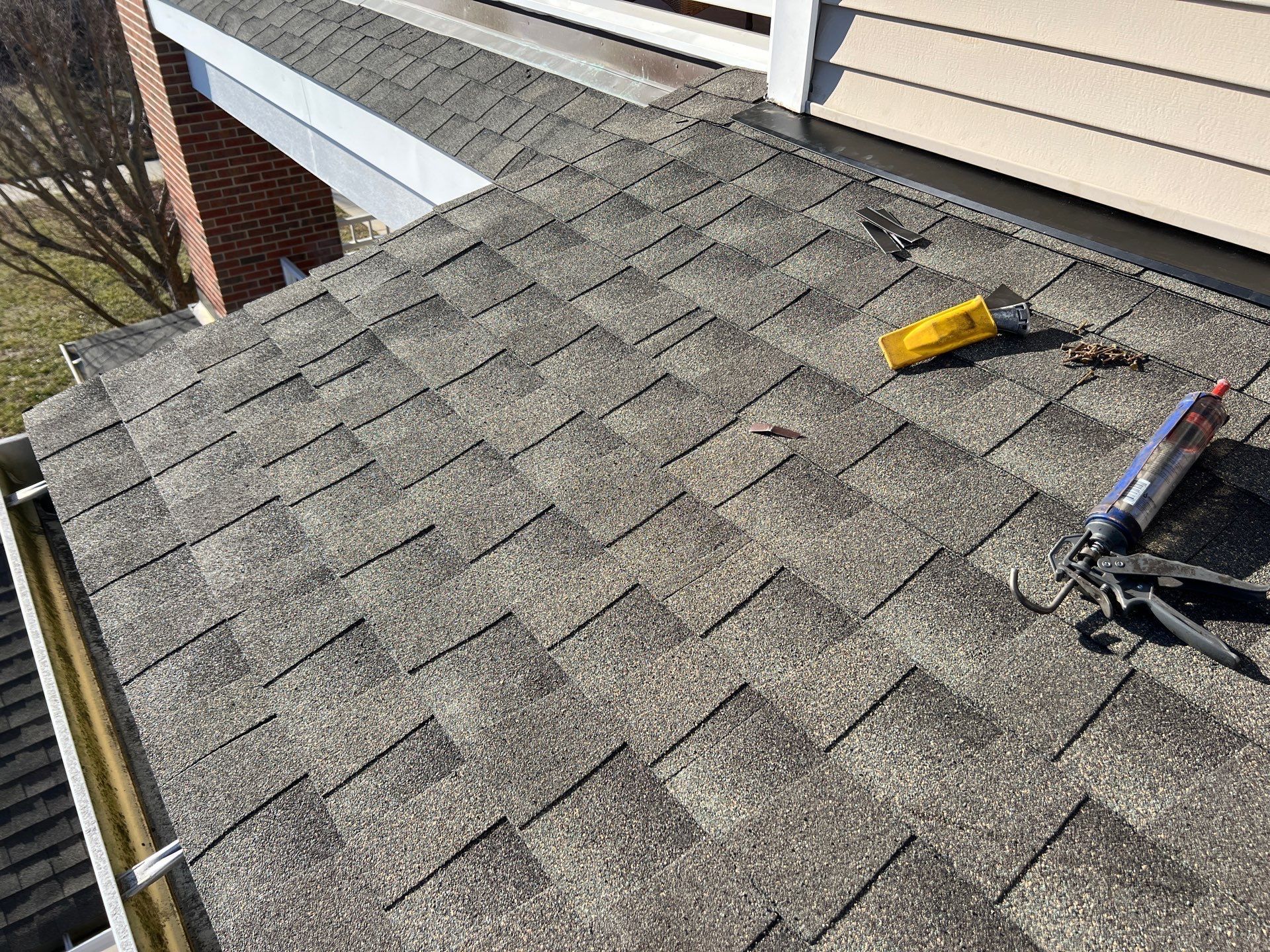How to Choose the Best Eco-Friendly Roofing for Your Climate
As environmental concerns rise, the materials used in construction, including roofing, play a key role in building a sustainable future. Eco-friendly roofing materials reduce energy use, enhance building longevity, and minimize environmental impact. Made from recycled or recyclable components, these materials often have a smaller carbon footprint than traditional options. However, choosing the right roofing isn't only about being eco-conscious—it’s also influenced by your local climate. A hot climate requires reflective roofs for cooling, while a rainy area needs durable, waterproof roofing. This guide will help you select the best eco-friendly roofing materials for your climate and needs, whether you're upgrading or replacing your roof, with advice from a trusted Concord roofing contractor.
Understanding Different Types of Eco-Friendly Roofing Materials
Choosing the right eco-friendly roofing material starts with knowing what your options are. Several types of eco-friendly materials cater to different climates and functional needs. Here's a breakdown of some popular choices:
Solar Panels
Solar panels are a powerful choice if you live in an area with ample sunlight. Not only do they act as a protective roof covering, but they also generate renewable energy. This is an excellent option for hot climates, where you can harness the power of the sun to reduce energy consumption. Solar panels also provide long-term savings on energy bills, making them a smart investment despite their initial cost.
Recycled Shingles
Recycled shingles are made from waste materials like rubber, plastic, or wood. They offer durability and versatility, often with a wide range of colors and styles. These shingles are an excellent option for homeowners looking for a sustainable solution that doesn’t compromise on aesthetics. They are designed to withstand various weather conditions, making them suitable for almost any climate.
Green Roofs (Roof Gardens)
Roof gardens, or green roofs, are an innovative eco-friendly solution, especially in urban areas. These roofs are covered with vegetation, offering multiple benefits such as improved insulation, better air quality, and reduced urban heat island effects. They are most effective in temperate climates, as they require moderate rainfall and regular care. Green roofs can also reduce stormwater runoff, providing environmental benefits in areas with high rainfall.
Metal Roofing
Metal roofs are known for their durability and longevity. They are highly reflective, helping to keep homes cool in hot climates by reflecting sunlight. Additionally, metal roofing is resistant to fire, making it a suitable choice for areas prone to wildfires. Metal roofing can last up to 50 years or more, offering excellent value in terms of lifespan.
Slate and Clay Tiles
Slate and clay tiles are timeless and highly durable roofing materials. They work well in dry, hot climates where they can absorb and release heat efficiently, thus reducing energy consumption. However, they are heavy, and not all homes are designed to support their weight. It's important to consult a roofing contractor to ensure your home's structure can accommodate this material.
Rubber Roofing
Made from recycled tires, rubber roofing is a sustainable and affordable option for many climates. It is highly water-resistant and can withstand various weather conditions, making it particularly effective in humid and rainy environments. Rubber roofs are also low-maintenance, requiring fewer repairs over their lifespan compared to traditional options.
Wood Shingles and Shake
Wood shingles and shakes are a natural and aesthetically pleasing choice for eco-conscious homeowners. Made from reclaimed or sustainably harvested wood, these roofs offer excellent insulation. However, they are best suited for regions with lower humidity to prevent moisture-related issues like rot. Proper maintenance is essential for ensuring the longevity of wood roofing materials.
Climate Considerations for Eco-Friendly Roofing
Your local climate has a profound influence on the type of roofing material that is most effective for your home. Here’s how different climates can impact your decision:
Hot and Dry Climates
In areas with high temperatures and low humidity, materials like slate and clay tiles are ideal because of their ability to absorb and release heat. These materials help regulate indoor temperatures by reducing the need for air conditioning. Additionally, they are fire-resistant, which is crucial in areas prone to wildfires. Metal roofing can also be effective in these climates as it reflects sunlight, keeping homes cooler.
Cold and Snowy Climates
In colder regions, materials like metal roofing are advantageous. Metal roofs have high solar reflectance and thermal emission properties, which help to melt snow and prevent ice dams. Furthermore, metal roofs are lightweight, making them suitable for snowy environments, as they can handle heavy snow loads without stressing the building’s structure.
Humid and Rainy Climates
For areas with high humidity or frequent rainfall, materials like rubber roofing offer exceptional water resistance. Rubber roofs are durable, resistant to rot, and require minimal maintenance, making them an ideal choice for regions with heavy rainfall. It’s important to avoid wood shingles in these areas, as they are prone to moisture damage.
Temperate Climates
In temperate climates, where temperatures are moderate and rainfall is consistent, roof gardens are an excellent choice. These green roofs provide natural insulation, reduce energy costs, improve air quality, and help manage stormwater runoff. In addition, roof gardens can be used for recreational purposes, offering homeowners a unique outdoor space.
Choosing the right material based on your climate not only helps improve your home’s energy efficiency but also ensures that your roof performs well throughout the seasons.
Factors to Keep in Mind When Choosing Eco-Friendly Roofing
Several factors should influence your choice of eco-friendly roofing materials:
Durability
The longevity of roofing materials is crucial to minimizing waste and reducing the frequency of roof replacement. Materials like slate, clay, and metal are highly durable and require little maintenance, lasting for decades or even centuries. On the other hand, materials like wood shingles may require more upkeep, especially in humid climates, to prevent rot and damage.
Cost-Effectiveness
Although eco-friendly roofing options may carry a higher upfront cost, their durability and energy efficiency make them more cost-effective over time. For instance, roof replacement contractors often recommend metal roofs due to their ability to lower cooling costs and withstand extreme weather conditions. Additionally, tax incentives or rebates for eco-friendly roofing can help offset the initial cost.
Insulation Properties
Good insulation is vital for maintaining a comfortable indoor temperature and reducing heating and cooling costs. Roof gardens provide excellent insulation, while materials like slate and clay tiles also offer good thermal resistance. In extremely hot climates, reflective materials like metal roofing can significantly reduce the need for air conditioning.
Maintenance
Different roofing materials require varying levels of maintenance. While green roofs and solar panels may require periodic upkeep, materials like metal and rubber roofing are relatively low-maintenance. Consider how much time and effort you are willing to dedicate to maintaining your roof before making a decision.
Local Building Codes
Before choosing your roofing material, it's important to check with local building codes and regulations. Some areas may have specific requirements or restrictions related to roofing materials. Working with a roofing installation company can help you ensure that your chosen material complies with these regulations.
Benefits of Choosing Eco-Friendly Roofing
Opting for eco-friendly roofing materials comes with a wide range of benefits:
Energy Efficiency
Eco-friendly roofs reflect sunlight and reduce heat absorption, which helps keep homes cooler in the summer. This reduces the need for air conditioning, lowering energy costs and reducing your carbon footprint.
Lower Carbon Footprint
Eco-friendly roofing materials are typically made with fewer resources and more sustainable processes. By choosing these materials, you reduce your home's overall energy consumption and contribute to a more sustainable future.
Long-Term Savings
Although the initial investment in eco-friendly roofing materials may be higher, the long-term savings are significant. These materials last longer, require fewer repairs, and reduce energy bills over time. Many homeowners find that the cost of roof replacement services is offset by the energy savings they experience.
Aesthetic Appeal
Eco-friendly roofing materials are available in a variety of styles and colors to suit your home's architecture. Whether you opt for slate, metal, or a green roof, your eco-friendly choice can add to the beauty and curb appeal of your home.
Conclusion
Choosing the right eco-friendly roofing for your climate is an investment in both your home’s energy efficiency and the environment. By carefully considering factors like climate, durability, and maintenance, you can select a roofing material that not only meets your functional needs but also reduces your carbon footprint. Whether you opt for solar panels, metal roofing, or a green roof, eco-friendly roofing offers significant benefits, from lower energy bills to a smaller environmental impact.
If you're planning a commercial or a residential roof replacement, it's essential to work with experienced professionals who can help guide you through the decision-making process. JW Services Inc of NC is a trusted roofing replacement company that specializes in providing high-quality, eco-friendly roofing solutions. Their team of expert roofing contractors can help you select the perfect roofing material based on your local climate and ensure that the installation process is smooth and efficient. With their professional roofing services, you can rest assured that your new roof will be both sustainable and durable, giving you peace of mind for years to come.
Name,address and phone
JW Services Inc of NC
5832 Gold Hill Rd, Concord, NC , 28025
704-228-7306
Social Media
https://www.facebook.com/jwconcordroofing/


